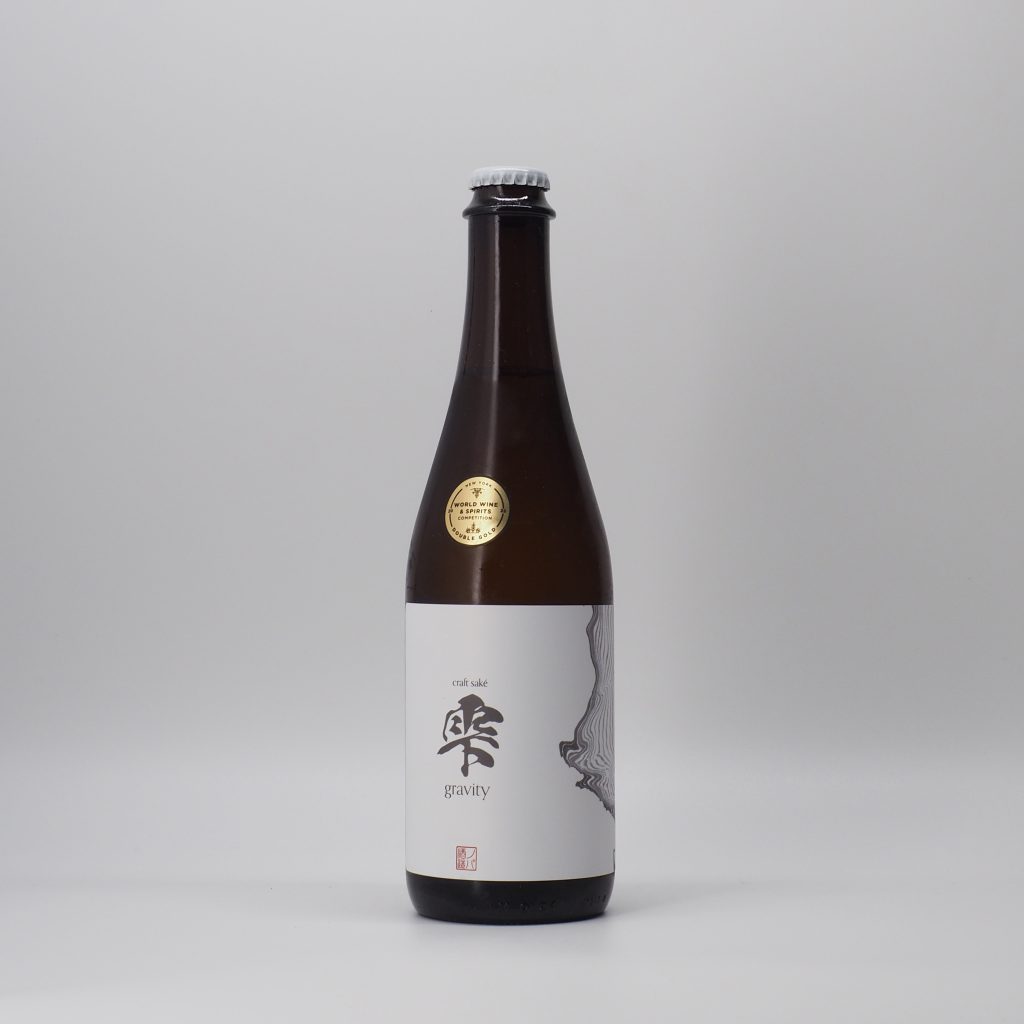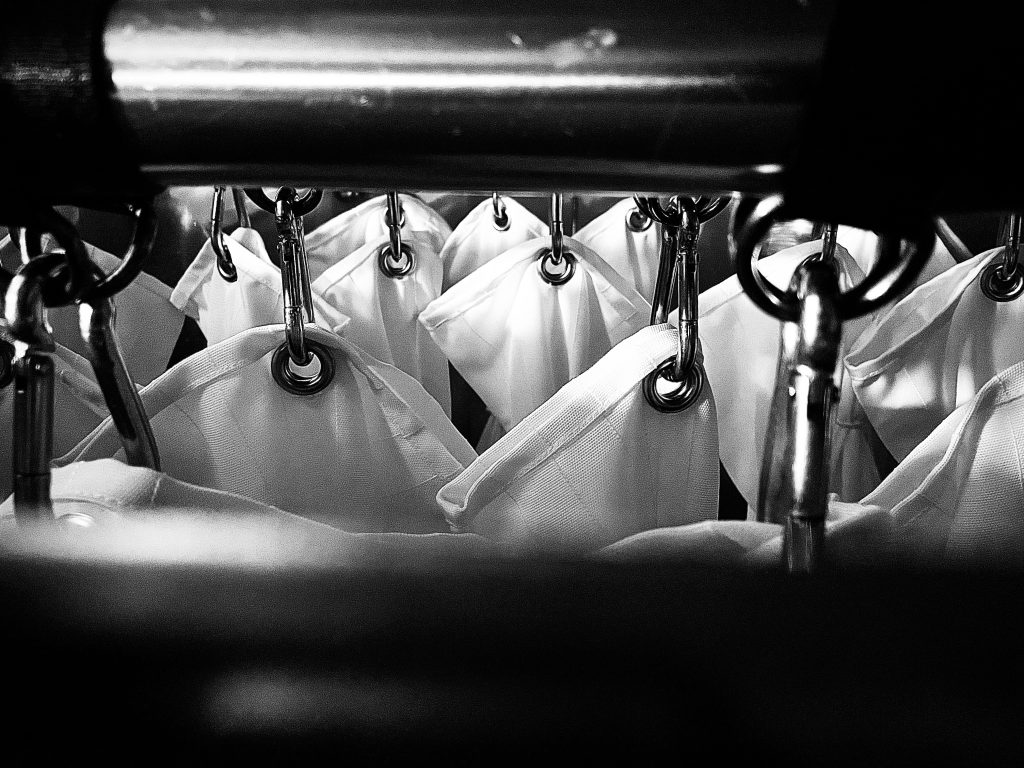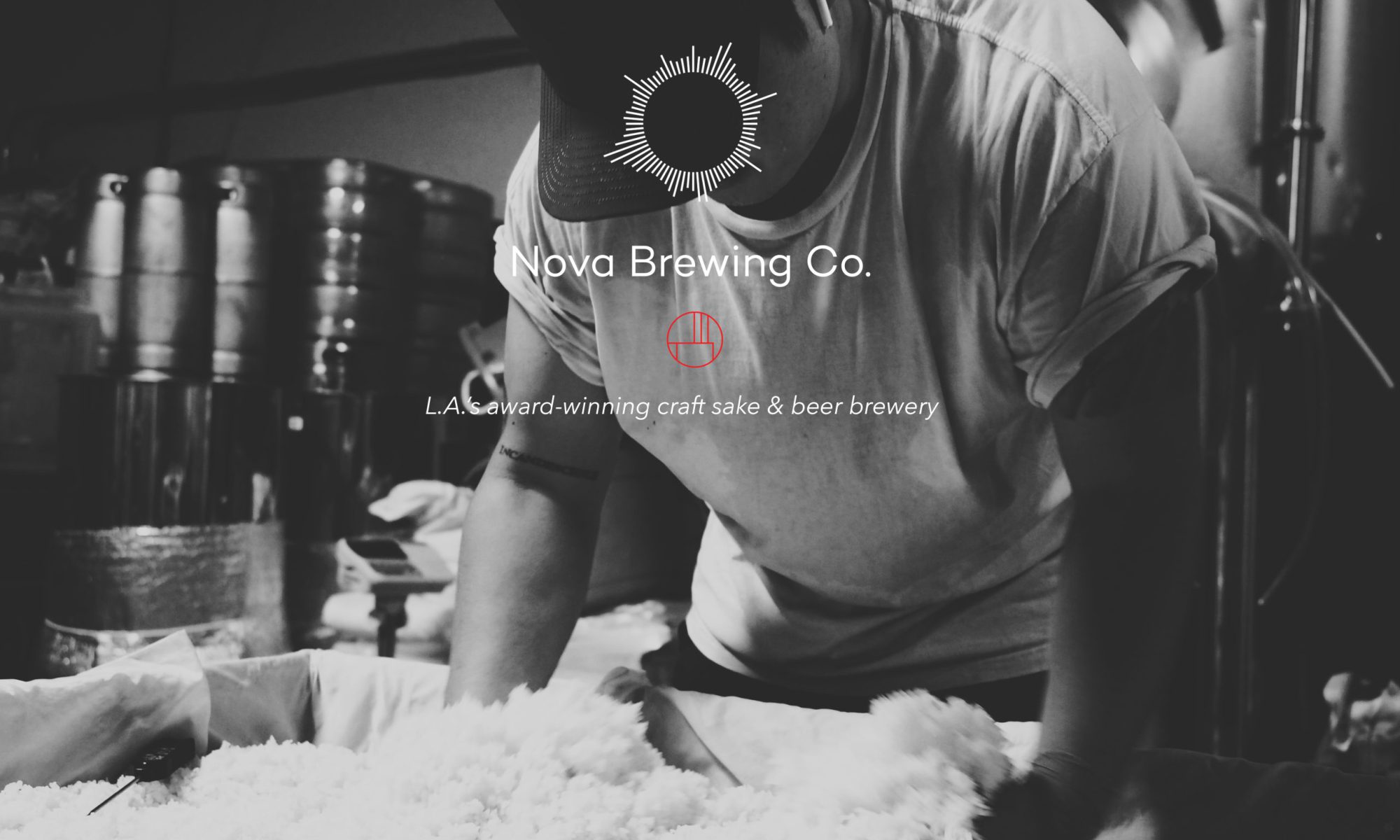
GRAVITY
is a sake that showcases the full capability of Calrose rice and defines what it means to be a Californian Sake.
JUNMAI GINJO
Junmai translates to ‘pure rice’ meaning the alcohol was produced by fermentation of the rice only without the use of additives like sugar, fining agents, distilled alcohol and etc. We use 50% polished rice which we believe is the best balance between fruitiness and the natural rice character for Calrose rice.
DRIP-PRESSED
The name gravity derives from the way we press the sake. Pressing sake (often called filtering) is one of the most unique step in sake production in that after the rice is fermented, the liquid (sake) is separated from the thick porridge-like mash called moromi. In order to press our gravity, we use a highly laborious and low-yielding method called ‘shizuku’ method which translates to ‘drip.’ We take our moromi (mash), and hang them in mesh bags in suspension and let the sake literally drip out of the mash using gravity. This method is only used for the most premium lineups of sake in Japan and we believe allows for the best flavors of the sake to shine.
The pressed sake is divided into 3 parts of the process:
ARABASHIRI: the first run-off of the sake with absolutely no pressure applied.
NAKADORI: the mid-portion of the pressing with some pressure applied without crushing of the rice mash.
SEME: the last part of the pressing when the most pressure is applied to the mash and crushes the rice mash.
We collect and blend only ARABASHIRI and NAKADORI to bottle only the best part of the sake.
The third part SEME is high in alcohol and off-flavors so we do not use this portion and is left in with the mash to be packaged as our SAKE KASU (leftover lees).

MUROKA
Muroka means the sake does NOT go through charcoal filtration. Charcoal filtration is a step to further clean up the sake after pressing to give it a white-clear look. We believe this process takes away flavors and the liveliness of the sake and omit the process.
SUMINAGASHI
For the label design of this sake, our artist depicts the ‘drip’ aspect of its process with Japanese traditional art called suminagashi (floating ink). Suminagashi is a paper marbling technique where ink is dropped or dipped onto the surface of the water to create rings of aqueous ink. These rings are then moved or swirled around to create the marbling. For our design, our artist did not swirl the rings to express that our sake is undisturbed and is bottled directly after pressed using the drip method. Then we captured the most organic and natural corner of the rings to be used for the label to maintain our minimalistic concept.
